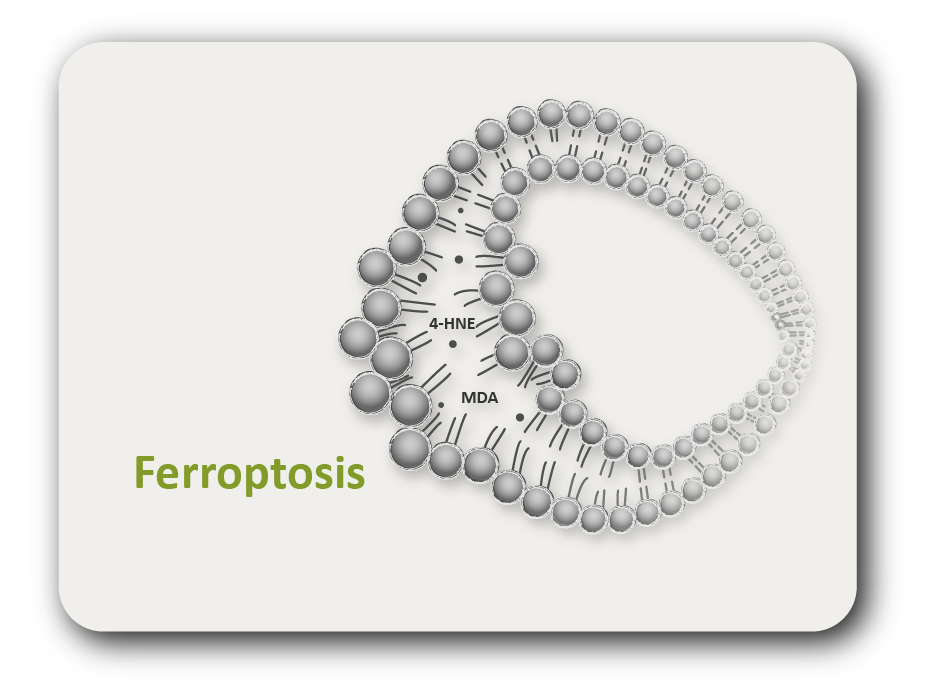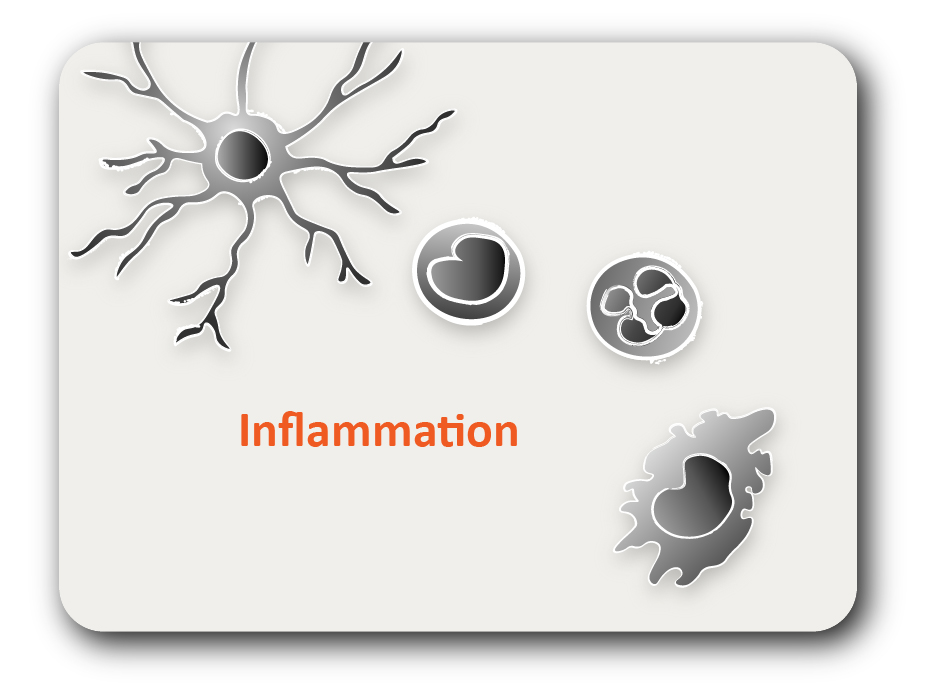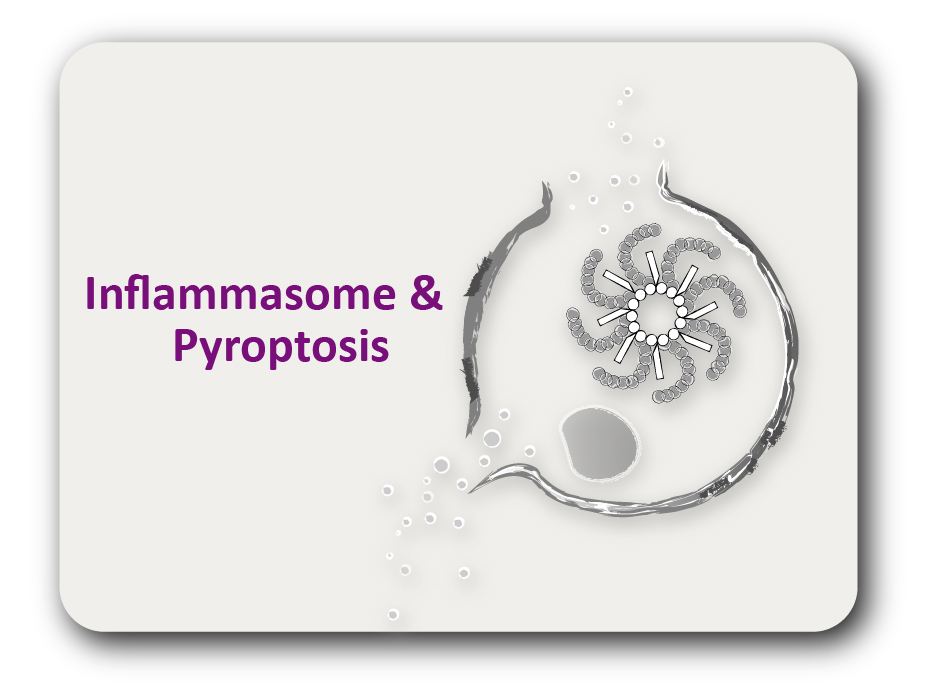ARG70528
Human H-FABP / Cardiac FABP recombinant protein (His-tagged)
Human H-FABP / Cardiac FABP recombinant protein (His-tagged) for SDS-PAGE
Overview
| Product Description | HEK293 expressed, His-tagged Human H-FABP / Cardiac FABP recombinant protein |
|---|---|
| Tested Application | SDS-PAGE |
| Target Name | H-FABP / Cardiac FABP |
| Species | Human |
| Expression System | HEK293 |
| Alternate Names | FABP3; Fatty Acid Binding Protein 3; H-FABP; Mammary-Derived Growth Inhibitor; O-FABP; FABP11; MDGI; Fatty Acid Binding Protein 3, Muscle And Heart; Heart-Type Fatty Acid-Binding Protein; Fatty Acid-Binding Protein, Heart; Muscle Fatty Acid-Binding Protein; Fatty Acid Binding Protein 11; M-FABP; Fatty Acid Binding Protein 3, Muscle And Heart (Mammary-Derived Growth Inhibitor); Epididymis Secretory Sperm Binding Protein; Fatty Acid-Binding Protein 3 |
Properties
| Form | Powder |
|---|---|
| Purification Note | Endotoxin level is less than 0.1 EU/µg of the protein, as determined by the LAL test. |
| Purity | > 95% (by SDS-PAGE) |
| Buffer | PBS (pH 7.4) |
| Reconstitution | It is recommended to reconstitute the lyophilized protein in sterile water to a concentration not less than 200 μg/mL and incubate the stock solution for at least 20 min at room temperature to make sure the protein is dissolved completely. |
| Storage Instruction | For long term, lyophilized protein should be stored at -20°C or -80°C. After reconstitution, aliquot and store at -20°C or -80°C for up to one month. Storage in frost free freezers is not recommended. Avoid repeated freeze/thaw cycles. Suggest spin the vial prior to opening. |
| Note | For laboratory research only, not for drug, diagnostic or other use. |
Bioinformation
| Gene Symbol | FABP3 |
|---|---|
| Gene Full Name | Fatty Acid Binding Protein 3 |
| Background | The intracellular fatty acid-binding proteins (FABPs) belongs to a multigene family. FABPs are divided into at least three distinct types, namely the hepatic-, intestinal- and cardiac-type. They form 14-15 kDa proteins and are thought to participate in the uptake, intracellular metabolism and/or transport of long-chain fatty acids. They may also be responsible in the modulation of cell growth and proliferation. Fatty acid-binding protein 3 gene contains four exons and its function is to arrest growth of mammary epithelial cells. This gene is a candidate tumor suppressor gene for human breast cancer. Alternative splicing results in multiple transcript variants. [provided by RefSeq, Mar 2016] |
| Function | FABPs are thought to play a role in the intracellular transport of long-chain fatty acids and their acyl-CoA esters.. [Uniprot] |





